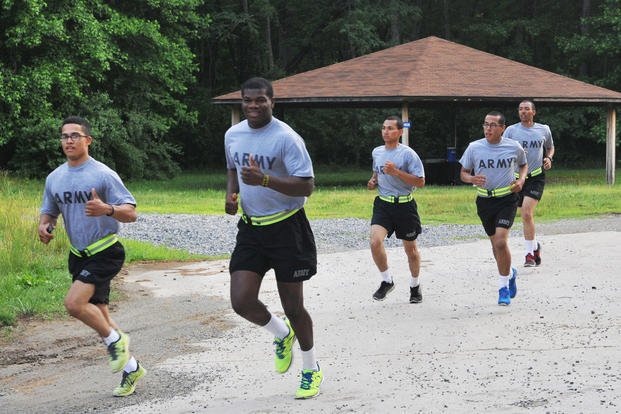Zone 2 workouts have been the way to build a cardiovascular and endurance base for athletes and exercises since the beginning of fitness. If you are unfamiliar with this type of endurance and cardio-based training, it is an “easy” and comfortable pace where you are still conversing with a friend.
This type of lower heart-rate exertion can be in the form of walking, jogging, biking and mixing in calisthenics for extended periods. This lower-intensity base training can be done 1-2 times a week for as little as 30 minutes and longer than 60 minutes.
Making Zone 2 training fun seems to be the biggest challenge for athletes and avid exercisers alike, especially if you are used to doing higher-intensity exercises, lifting weights and other athletic skills. Here are my top five ways to make Zone 2 training more fun:
1. Diversify Events
When spending an hour doing a lower-intensity cardio activity, break it up into a triathlon of events. For instance, jog for 20 minutes, bike for 20 minutes and swim for 20 minutes. You can mix in rowing, elliptical machines, stair steppers and rucking. By changing up the events, you get 60 minutes of aerobic base training with fewer impact pains (if you are new to running and need to limit total miles). Plus, making changes frequently removes the monotony of doing the same event for the entire time.
2. Bring a Buddy
Remember, this is the "conversational pace." So why not bring a friend and turn your training session into a social event? Whether it's a brisk walk, bike ride or jog, engaging in conversation while exercising is a great way to keep your mind and body healthy and happy. You can explore your local neighborhood or head to a gym, using cardio machines side by side, and enjoy the conversational-paced training for 30-60 minutes. It's a win-win situation where you improve your fitness and strengthen your social bonds.
3. Mix in Calisthenics, Too
A PT Pyramid mixed with easy cardio between sets is an "easy" workout that does not force the heart rate too high, given your rest periods between exercises. Try a PT Pyramid mixing in squats, lunges, pull-ups, push-ups and some plank poses, and you can progress up the pyramid until you start to flirt with the upper end of the heart-rate range that keeps you in that Zone 2 sweet spot.
4. Find New Areas to Walk or Hike
If you like hiking trails or the beach and enjoying nature, find some local areas to get outside in nature. State and national parks are great ways to mix sightseeing and Zone 2 fitness while taking the monotony out of just walking.
5. Enjoy the Monotony
This type of training is a great way to go to your happy place, get some activity and let your mind de-stress and "be bored" for a few minutes. Nothing is wrong with boredom, especially in the fast-paced, constantly overstimulated world we live in now. Unhook from the internet, unwind and enjoy some "me time."
Adding a Zone 2 session the day after a tough workout might help you recover faster. A recent study found that this type of lower-intensity workout improves muscle repair. So if you want to recover from a tough workout, consider adding a Zone 2 session into your routine.
How to Determine if You Are in Zone 2
The key indicator is your heart rate. You're in the zone if you can maintain your heart rate in the 60%-70% range of your maximum heart rate. To calculate this, use the basic formula: 220 - your age = your theoretical max heart rate (the Karvonen Formula).
Take 60%-70% of that number and aim to keep your heart rate in that range. For instance, if you're 55 years old like me, your max heart rate is 165. Your 60%-70% heart rate zone is 100-115 beats per minute. A walk, slow jog or easy swim should keep you comfortably within that zone.
Understanding and monitoring your heart rate during Zone 2 training gives you the power to control and optimize your workout.
Stew Smith is a former Navy SEAL and fitness author certified as a Strength and Conditioning Specialist (CSCS) with the National Strength and Conditioning Association. Visit his Fitness eBook store if you're looking to start a workout program to create a healthy lifestyle. Send your fitness questions to stew@stewsmith.com.
Want to Learn More About Military Life?
Whether you're thinking of joining the military, looking for fitness and basic training tips, or keeping up with military life and benefits, Military.com has you covered. Subscribe to Military.com to have military news, updates and resources delivered directly to your inbox.


















